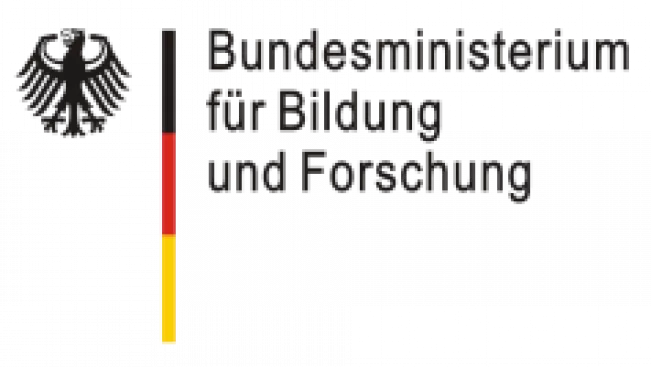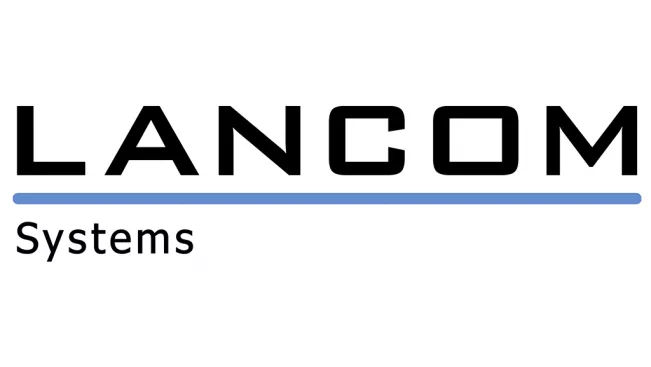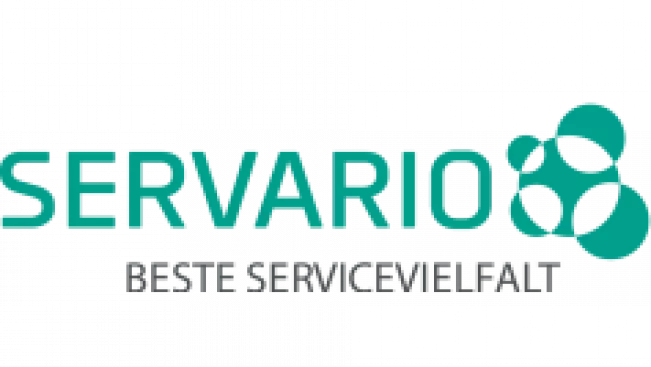SDN4Wireless

Forschungsprojekt im Überblick

Fachbereiche und Institute
Zeitraum
01.09.2015 to 31.08.2017
Projektbeschreibung
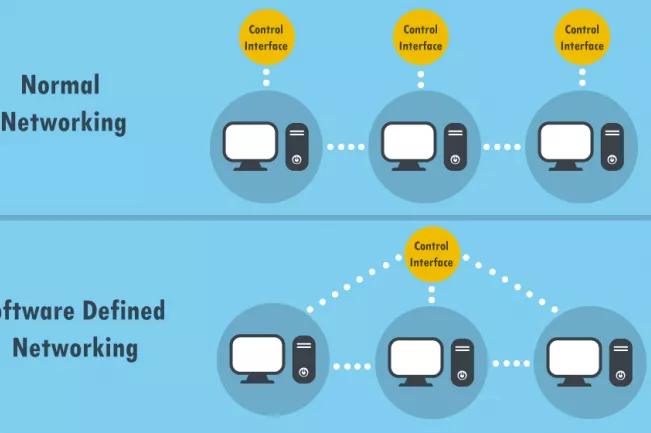
Next Generation Networking in the Wireless Context
SDN
Software Defined Networking (SDN) is an architecture where network control decoupled from the task of forwarding packets. This is achieved by removing the decision making process regarding the handling of packets from every single device. A centralized controller entity is deployed instead, making forwarding decisions for all devices in the network.
A SDN controlled network consists of three layers:
- The Data Plane, where network devices forward traffic based on rules issued by.
- The Control Plane, which manages the devices in the network through the OpenFlow protocol and acts based on Applications from.
- The Application Plane, where the administrator can run applications that determine how the whole network behaves.
Since the entire network can be managed from a single controller, the time consuming task of configuring every single device separately becomes obsolete. Additionally, hardware can be bought independently from any vendor without having to fear incompatible devices, since the OpenFlow protocol serves as a common interface to network hardware.
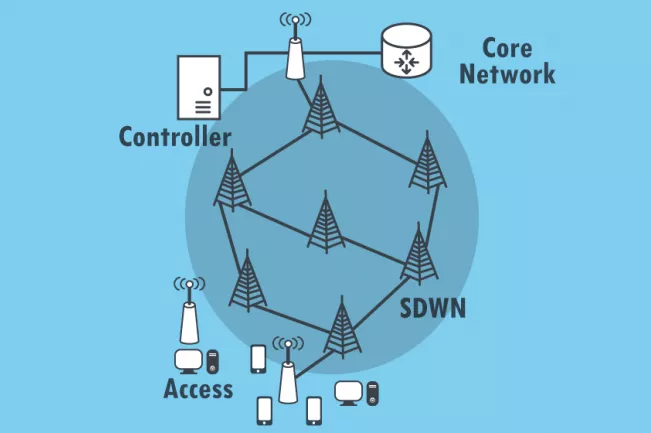
Wireless SDN
SDN and Wireless Mesh Networks (WMN) both evolved to be sophisticated technologies used in a variety of applications. However, a combined approach called Wireless Mesh Software Defined Network (wmSDN) has not been widely addressed in the research community. Our idea in this field consists of WiFi-based point-to-point links managed by the OpenFlow protocol with the goal of forming a flexible SDN-controlled wireless backhaul network.
While SDN and the OpenFlow protocol are ready to be deployed in wired networks, wireless networks are facing multiple issues. Since OpenFlow was designed with a wired infrastructure in mind, the specific properties of wireless interfaces are not handled sufficiently. Especially the 802.11 addressing scheme does not work well with OpenFlow enabled devices. Information about the interface capabilities, link state and link quality need to be gathered and taken into account in the controller.
The central controller entity that controls the data flows in the network can be enhanced to make advanced routing decisions based on the information gathered from the wireless interfaces. For example, if a packet traverses the network, the controller knows all possible routes and the available datarate at any interface and can calculate an optimal route for each flow.
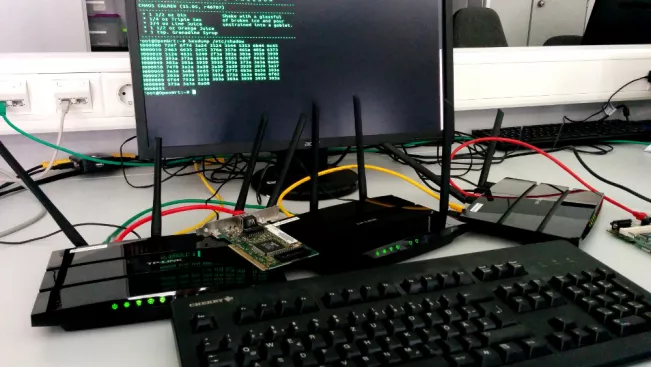
Mobile wireless devices have become more widespread in recent years. To accomodate moving devices inside a wmSDN, a mobility management has to be implemented. In addition to handling the flows inside the backhaul network, there need to be mechanisms for detecting and reacting to roaming nodes between access points, e.g. a handover.
Simulation is a useful approach to conduct experiments that would take too much time and resources in the real world. To be able to simulate wmSDN networks and obtain a flexible testing environment we created a combination of the well known NS3 network simulator and the Mininet framework.
The contact persons of this projekt are Michael Rademacher and Florian Siebertz.
Publikationen
Externe Kooperationspartnerinnen und Kooperationspartner
